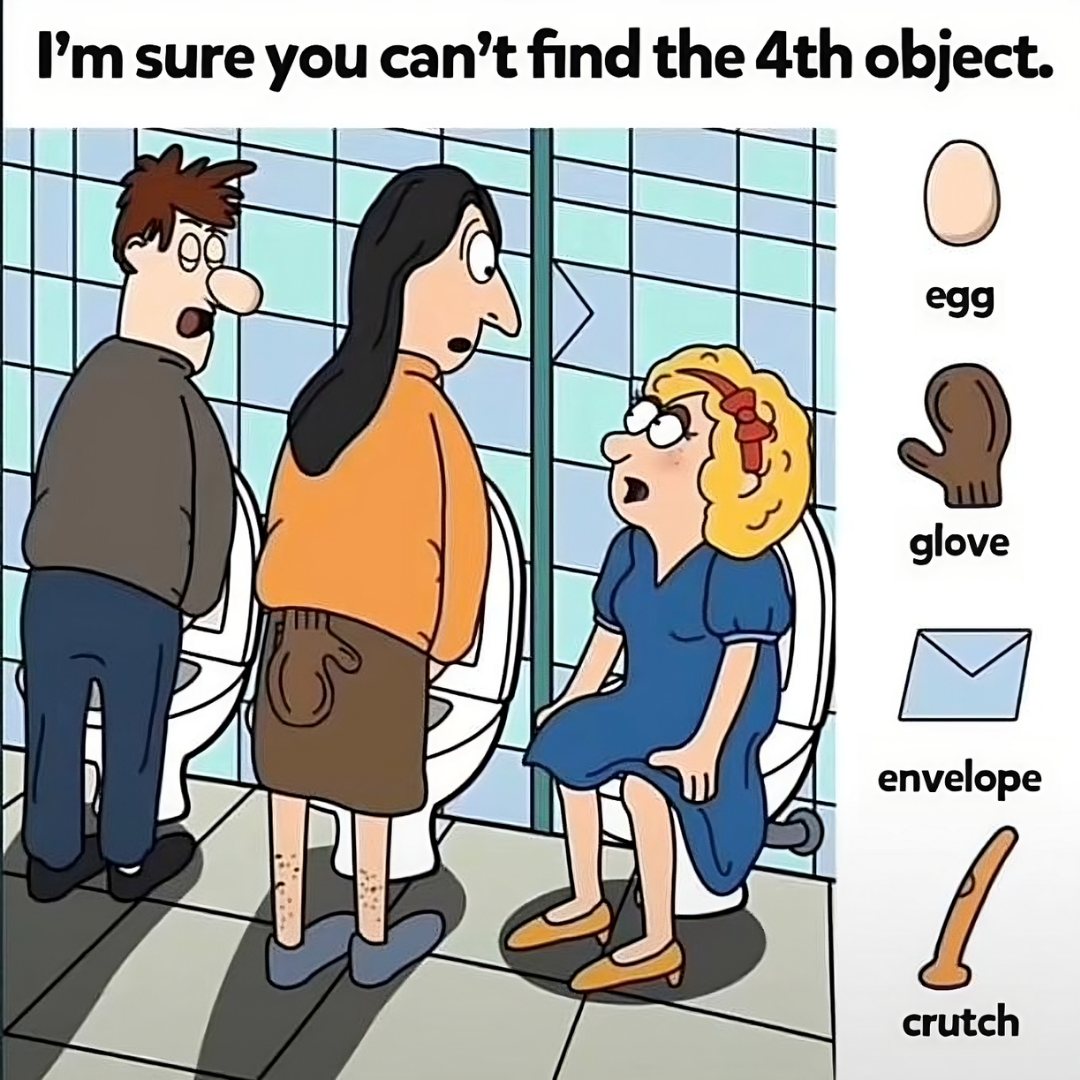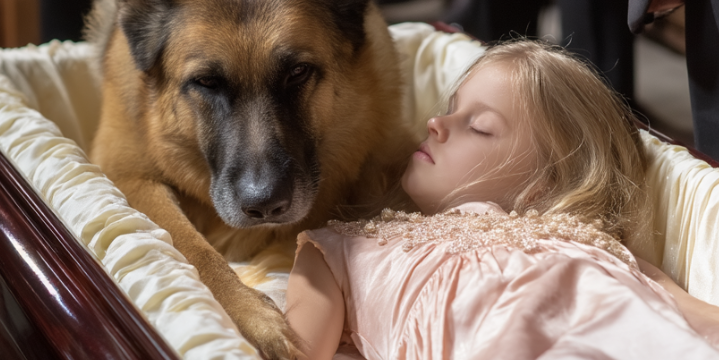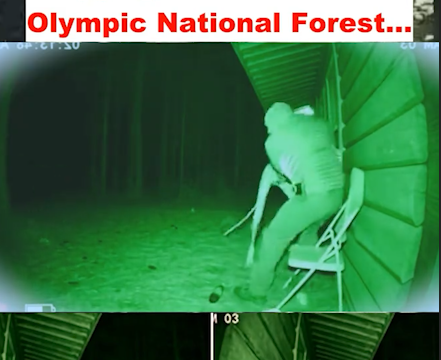The internet loves a good challenge, and currently, it’s abuzz with a new puzzle that’s testing everyone’s perception skills. Among the latest viral sensations is an image titled, “I’m sure you can’t find the 4th object.” It has puzzled countless viewers who are trying to spot four hidden objects: an egg, a glove, an envelope, and a crutch. While most people can eventually find the first three, the crutch seems to be nowhere in sight. So, what’s the story behind this confounding puzzle, and why has it captured so much attention? Let’s break it down and see why it’s become an online obsession.

Why Are Visual Puzzles So Popular?
In a world dominated by an endless stream of social media content, visual puzzles offer something different. These aren’t just games—they’re mental challenges. Why are they so addictive? They appeal to our curiosity, competitive spirit, and desire to solve problems. They make us stop, think, and look a little closer. They invite us to unravel illusions and outsmart clever designs, all while having a bit of fun. As we try to solve them, we’re eager to prove our skills, share our findings, and maybe even boast a little.
The Challenge of the “I’m Sure You Can’t Find the 4th Object” Puzzle
At first glance, this viral puzzle seems pretty straightforward. It’s set in a restroom scene with three people: one woman is seated, while two others stand nearby. A list next to the image asks viewers to find four objects: an egg, a glove, an envelope, and a crutch. It sounds easy, right? But it’s not. The objects are cleverly hidden, making them hard to spot, and the crutch, in particular, appears to be completely elusive.
Finding the First Three Objects
Let’s examine where the first three objects are hidden and why they’re so tricky to find:
- The Egg: The egg is cleverly perched on the nose of the person standing on the left. It’s an odd placement that makes it hard to notice at first. After all, who expects to find an egg on someone’s nose? This unexpected location tricks our brains into overlooking it entirely.
- The Glove: The glove is camouflaged on the skirt of the person standing in the middle. The brownish color of the glove blends almost perfectly with the clothing, making it nearly invisible. People usually search the background, never considering that it could be part of someone’s outfit.
- The Envelope: The envelope is positioned sideways on the wall, matching the bathroom tiles. Its color is nearly identical to the tiles, creating the illusion that it’s part of the wall itself. This clever trick keeps viewers searching for something more obvious.
The Mystery of the Missing Crutch
But what about the fourth object—the crutch? People spend minutes, sometimes hours, trying to find it. They zoom in, tilt their screens, and adjust their angles in hopes of spotting it. But here’s the twist: there is no crutch at all.
Yes, you read that correctly. The crutch isn’t there.
The missing crutch is not a mistake; it’s an intentional trick by the puzzle’s creator. By including an object that doesn’t actually exist, the puzzle creates confusion, frustration, and intrigue. This clever strategy keeps people engaged longer as they try to locate the non-existent object. In fact, the longer people search, the more likely they are to share the challenge with others, increasing the puzzle’s virality.
Why This Trick Works
This type of deception works because we naturally trust the instructions given to us. When we’re told to find four objects, we assume that all four must be present. It rarely crosses our minds that one might be missing entirely. This assumption keeps us scanning the image over and over, trying to find what isn’t there.
The Takeaway: It’s All About the Fun
So, did you find the crutch? If not, don’t worry—you’re not alone. The missing crutch serves as a playful reminder that things aren’t always what they seem, especially online. It’s a perfect example of how our brains can be easily fooled, but also of how much fun it can be to try solving the impossible.
The next time you encounter a similar puzzle, remember this lesson: sometimes, the solution isn’t there, and that’s okay. The goal isn’t necessarily to solve the puzzle but to enjoy the process, challenge your perception, and maybe share a laugh with friends. In the end, it’s about the experience itself, not the answer. So, keep looking, keep guessing, and always stay curious—because you never know what clever trick might come next!





